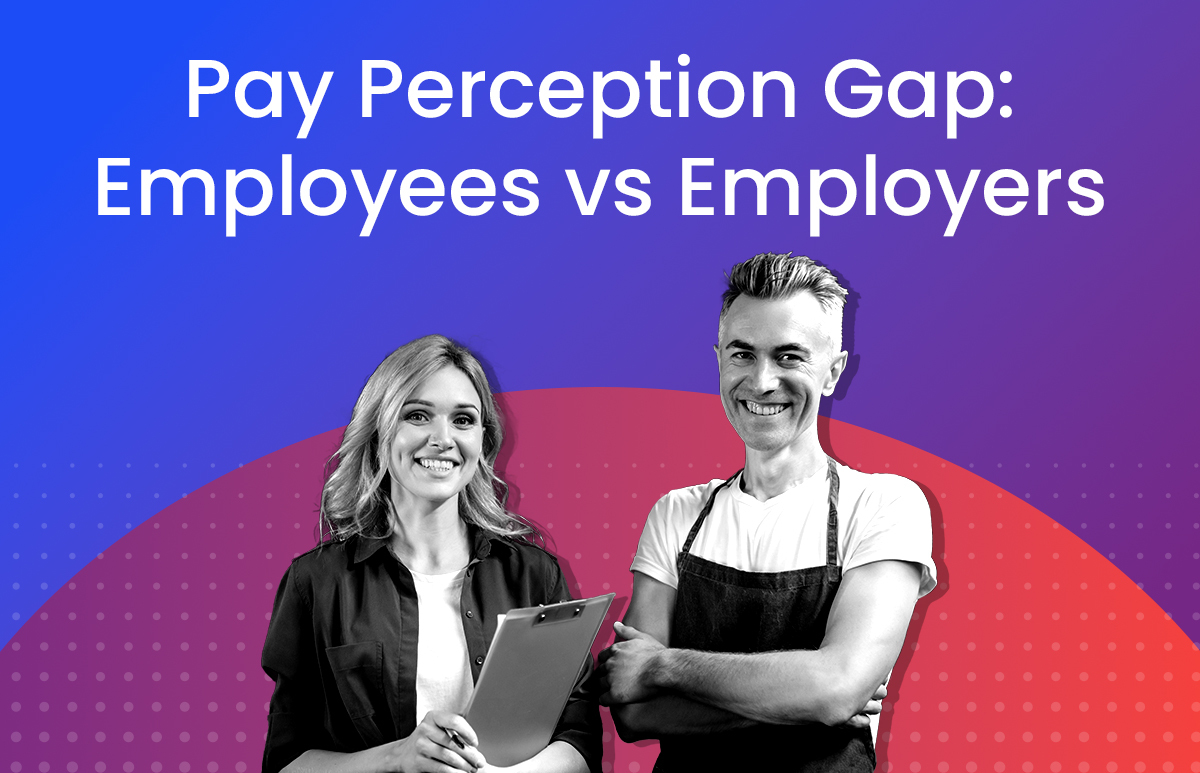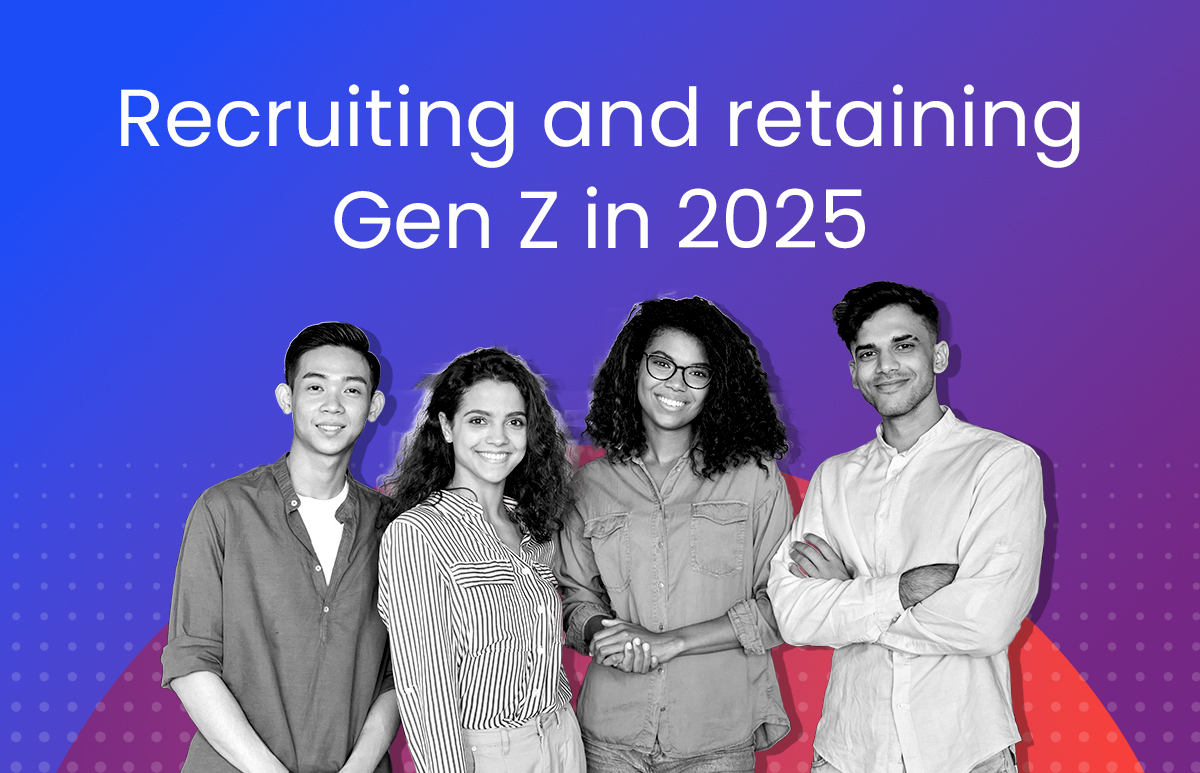Pivoting to a Risk-Based Approach to Vaccinations

A Risk-Based Approach to Workplace Vaccinations
The world of work continues to evolve – and so too do the needs of employees. Today, in an age when COVID-19 is part of everyday life, employee safety and wellbeing has never been more critical. It’s a fundamental part of the employer’s duty of care and is also becoming increasingly important to the overall employee experience (EX).
Indeed, the issue of mandatory vaccines for work continues to be debated, and government regulations vary widely based on geographic location. In response, some employers are taking a proactive, risk-based approach to getting employees back to the workplace.
What is a risk-based approach?
Employers should be constantly reviewing their health and safety policies and procedures – including any requirement for employees to get the vaccine. They need to also ensure that any measures targeted at the risk of COVID-19 transmission are only formulated once the level of risk has been sufficiently assessed.
Ultimately, employers need to ensure that regardless of whether the COVID-19 vaccine is made mandatory for their industry, they follow a structured risk-based approach when determining what steps to take, which may need to be scaled up or down depending on the public health situation at a given time. A risk-based approach will also help to manage potential discrimination risks for businesses that have employees who oppose vaccinations on medical, religious or ethical grounds.
What does this mean in practice? It’s a matter of weighing up all relevant considerations before making a decision about vaccinations in the workplace.
What steps are involved with a risk-based approach?
There are four key steps to assess in any return to the workplace plan, each of which covers a different yet interlinked set of risks:
Consider the public health environment
Before initiating a return to the workplace, it’s important to consider the broader context. Is COVID-19 transmission occurring? Which variant? What do we currently know about COVID-19’s symptoms and spread?
Consider the legislative environment
Public health orders and government legislation is constantly being updated but must always be followed prior to any return to the workplace plan is considered. It’s important to understand: What public health / emergency orders are in place which apply to the workplace? What orders apply to workers? It’s also important to consider any discrimination laws which apply in your location (e.g. in NSW vs. Victoria). Always seek professional legal advice if unsure about how these laws and regulations.
Consider the regulatory environment
Similar to the previous point, what has the health and safety regulator in my jurisdiction indicated needs to be done? In Australia: What has Safe Work Australia and the Fair Work Ombudsman recommended? In New Zealand: What has Employment New Zealand recommended?
Consider the work environment
At a more granular level – but no less important to making a decision about workplace vaccinations – is the work environment itself. What risks are workers exposed to? Do workers come into contact with vulnerable people or international arrivals? What measures have already been implemented in the workplace to eliminate or minimise the risk of COVID-19 transmission?
Download ELMO’s Return to the Workplace Post-Lockdown Checklist for useful tips and information on creating a safe work environment.
A helping hand: ELMO COVIDsecure
A risk-based approach to managing COVID-19 is an important step on the road to workplaces opening up following prolonged lockdowns. However, while both Australia and New Zealand are moving ahead with vaccine roll-outs, it’s important that employers also have the tools required to manage COVID-19 in the workplace.
For those organisations that identify a need to monitor vaccination status or require regular COVID-19 testing for employees, ELMO COVIDsecure may be the answer. COVIDsecure supports businesses by automating record-keeping relating to COVID-19 testing and tracking the vaccination status of their workforce.
With COVIDsecure, employees can submit their own records of their COVID-19 vaccination and/or test results in a single platform with strict secure access and control measures. Just as critically, COVID-19 HR policies can be customised to suit your organisation’s unique needs, with rapid deployment capabilities and in-built acknowledgement tracking to help ensure compliance obligations are being met.
In addition, employers have the ability to:
- Capture vaccination or test status for the entire or targeted areas of the business drilling down into areas such as location, department and even role.
- Configure periodic expiry alerts so they can be notified when an employee is due to update their vaccination or test status. The alert functionality is particularly useful for workers who could be required by government regulation to submit for testing at regular intervals.
- Utilise a powerful dashboard with real-time visualisations to track key metrics, enabling managers and leaders to make smarter decisions and take a proactive approach to mitigating COVID-19 risk.
- Access a library of COVID-19 HR policy templates which are customisable, assisting businesses looking for advice and material to operate in a COVID-safe manner.
To be able to operate safely and in line with Government regulations it’s crucial to have the right tools at your disposal. To find out how ELMO COVIDsecure can help your business or to request a demo, contact us below.
Disclaimer: This document contains general information and is also not intended to constitute legal advice. If you need legal advice, we recommend you speak to a lawyer.
ELMO Software is a cloud-based solution that helps thousands of organisations across Australia, New Zealand and the United Kingdom to effectively manage their people, process and pay. ELMO solutions span the entire employee lifecycle from ‘hire to retire’. They can be used together or stand-alone, and are configurable according to an organisation’s unique processes and workflows. Automate and streamline your operations to reduce costs, increase efficiency and bolster productivity. For further information, contact us.
 HR Core
HR Core 









